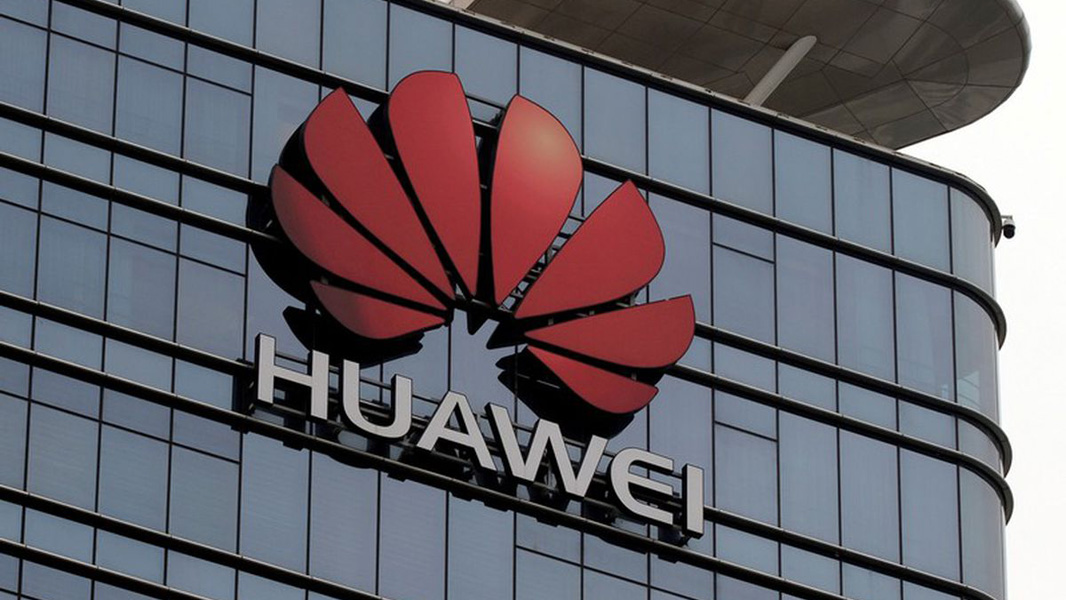Huawei’s Devices Business Continues to Sink
- Paul Thurrott
- Aug 12, 2022
-
0

As part of its quarterly earnings report, Huawei said that revenues from its devices business sank 25.4 percent year-year-year thanks to ongoing U.S. sanctions that prevent it from accessing the most modern U.S. microprocessors and other chipsets.
Huawei reported a net profit of $2.24 billion on revenues of $44.74 billion in the previous quarter, the latter of which was up 5.9 percent and in line with expectations. But its profit margins were almost halved, from 9.8 percent in the year-ago quarter to 5.8 percent.
Windows Intelligence In Your Inbox
Sign up for our new free newsletter to get three time-saving tips each Friday — and get free copies of Paul Thurrott's Windows 11 and Windows 10 Field Guides (normally $9.99) as a special welcome gift!
"*" indicates required fields
“While our device business was heavily impacted, our ICT infrastructure business maintained steady growth,” Huawei rotating chairman Ken Hu said. “Moving forward, we will harness trends in digitalization and decarbonization to keep creating value for our customers and partners, and secure quality development.”
Huawei’s Carrier business group contributed $21.17 billion, while its Device business group delivered $15 billion, and the Enterprise business group landed at $8.11 billion. What we’re concerned with here, of course, is the Devices group, which includes smartphones, tablets, PCs, and other consumer electronics devices. That business saw revenues fall 25 percent YOY, Huawei said, as its products have become less competitive thanks to the U.S. sanctions.
Offsetting that drop-off somewhat, revenues from Huawei’s Carrier business group, which sells information and communications technology infrastructure, saw steady growth of 4.2 percent in the quarter, according to the firm.
Huawei, which was poised to unseat Samsung as the number one maker of smartphones three years ago, found itself in the crosshairs of an ill-advised U.S./China trade war in 2019 that banned it from accessing the latest technologies from U.S. hardware suppliers like Qualcomm and Intel, and software makers like Google. Its devices business saw 34 percent growth that year, for example, before falling off a cliff.
To adapt, Huawei has sped up the development of its own in-house platform, HarmonOS, and is diversifying into new markets like smart car components, energy infrastructure, and cloud services.